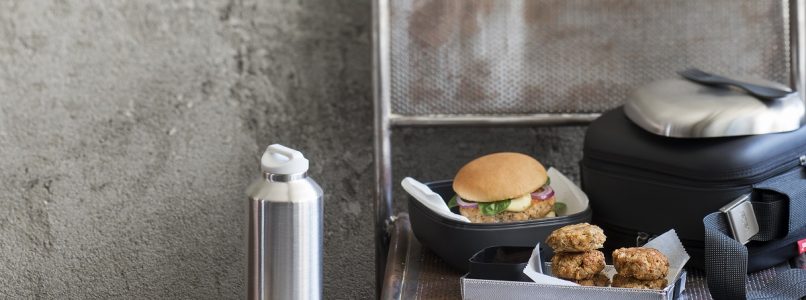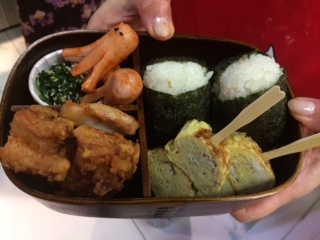In the Milanese dialect it is known as "schiscetta": and the lunch box that students and workers take around with them for an economic taste break. It is simply an airtight plastic, metal food container with several compartments, established in common parlance in Lombardy and in much of the north. In the capital, however, it is better known as "fagottaro", while in the south, especially between Calabria and Sicily, it is called "truscia" (bundle that contains a frugal meal). But, as often happens with linguistic evolution, the literal meaning has incorporated the semantic one and so today by "schiscetta" we mean the contents of the lunch box itself.
The schiscetta: from its origins to today
The curious term "schiscetta" derives from the Milanese dialect "schiscià", Or to crush, precisely because the food was originally crushed inside the container. In fact, initially, before the company canteens could feed the workers, it was up to the wives to prepare the schiscetta, a metal box that contained the leftovers from the night before, for their husbands. Just like the wife of Marcovaldo, the protagonist of the famous short story by Italo Calvino (contained in the collection Marcovaldo, or the seasons in the city) who prepares the "dish" (as the writer defines it) for the laborer consort. But today the schiscetta no longer identifies only the worker's lunch break. Indeed, more and more employees and students (for convenience, savings and even health) prefer to bring food from home.
The schiscetta in winter: what to bring to the office
However, while in summer you can take advantage of the hot season to eat something fresh, such as salads and cold first courses (rice salad, vegetable and chicken couscous, cold pasta, etc.), in winter preparing the schiscetta is more complex. especially if you do not have the possibility to reheat food. What to bring to the office then?
4 suggestions for the winter schiscetta
For a typically winter schiscetta to be enjoyed without using the microwave, you can choose to combine seasonal ingredients in a creative and fanciful way, so as not to give up taste but without weighing down the stomach during working hours. Here are some suggestions.
Savory pies
The savory pie is an "evergreen" preparation: you can prepare it according to your tastes with cold cuts, cheeses or seasonal vegetables. Just buy a roll of puff pastry (or shortcrust pastry), prick it and stuff it as you prefer. If you choose vegetables, however, make sure that they are well dry, so that they do not soften the pastry too much. Also remember that the quiche cannot be kept in the fridge until the time of the lunch break, so for the filling, opt for long-life or cooked ingredients. We offer you our savory pie with spinach, gorgonzola and hazelnuts and the savory pumpkin pie.
Homemade sandwich
Homemade bread is much more genuine and nutritious and can be stuffed in different ways. For a quick break at the office, for example, you could eat two slices of homemade wholemeal bread with walnuts with salami (or other cured meats) and a side of grilled vegetables. Alternatively, if you buy bread at the bakery, choose one with natural leavening, cereals, with sesame or poppy seeds, which is more digestible. The lunch break will be well balanced on a nutritional level.
Fast food sandwiches
If you are a lover of fast food sandwiches and you absolutely do not want to give up a good hamburger sandwich, prepare it at home. Just choose a loaf of soft bread, grill the pork (or chicken) hamburger, add a few slices of cheese and 2-3 dried tomatoes in oil.
Winter first courses
There is also plenty of space for first courses with seasonal ingredients that can also be enjoyed at room temperature, such as quinoa with broccoli, ginger and trio of sprouts or orzotto with apples, turnips and walnuts. Just prepare the dish the night before, let it cool and then store it in the lunch box.


